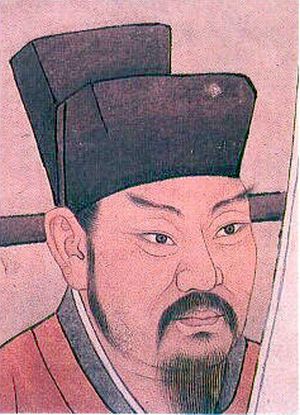“[I]deas like the separation of powers and equal distribution of wealth (which the common people cared more about) were often hijacked by interest groups or abruptly halted by the emperor. As a result, vigorous reform movements in China, no matter how significant their policies were at the start, withered away. After a few decades, the reforms had been reduced to nothing but tools to help exploit the people and control the opinions of citizens.” ~Y. Hengjun

Compared with the “revolutions” (peasant uprisings, armed rebellions, palace coups, etc.) that toppled dynasties in Chinese history, the goal of “reform” has been the exact opposite: to perpetuate the dynasty. Ordinary people have roughly the same impression of “revolution” and “reform” as instruments of “change.” But actually, in the 2000-year history of China, there has been one purpose for reform: avoiding change. Reform is used to keep the existing system in place. In Chinese history, “reform” and “revolution” alternated over time. Revolutions often succeeded, and so China became the country with the most peasant uprisings and dynastic changes in the world. But few reforms were successful.
From a modern perspective, almost all reforms in Chinese history can be classified as “failures”: fromShang Yang’s reforms in the state of Qin to the rule ofEmperors Wen and Jing in the Han dynasty; from Wang Mang seizing power to Wang Anshi’s Song dynasty reforms; from the Ming and Qing dynasty decision to shut China off from foreign contact to the Westernization movement during the late Qing… None of these movements can really be called successful. Worse, the reformers themselves generally met tragic ends.
Why is this? To simplify, there are three common factors. First, as opposed to other reforms recorded in world history, almost all of China’s reforms were done purely for the benefit of the ruler (the emperor). The reforms adjusted the ruler’s policies on how to control the people, how to manage the four classes (scholars, peasants, artisans and merchants), how to exploit the peasants’ land, and how to fill the treasury with taxes. None of the reforms touched on philosophies of holding power, or the methods of governance, much less centered around public interests. Continue reading
